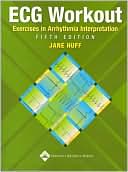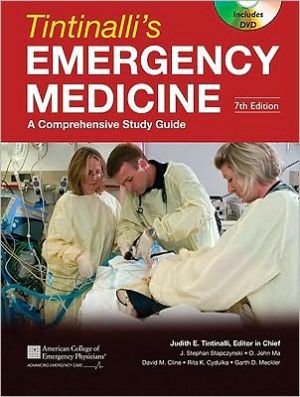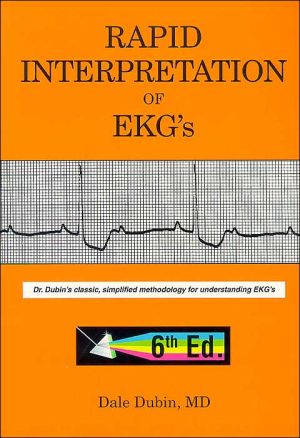ECG Workout: Exercises in Arrhythmia Interpretation
Search in google:
Now in its Fifth Edition, this text and workbook is an excellent aid for students, practicing nurses, and allied health professionals learning ECG interpretation. The book presents a step-by-step guide to rhythm strip analysis and contains over 500 actual (not computer-generated) ECG strips to enhance the skills needed for accurate, confident ECG interpretation. Two post-tests and an answer key appear at the back of the book. The latest ACLS guidelines are also included. Doody Review Services Reviewer:Karen S Yehle, PhD, MS, RN(Purdue University School of Nursing)Description:This workbook takes the reader through arrhythmia interpretation in a logical step-by-step manner. More than 500 practice strips along with answers are provided. Readers are introduced to each arrhythmia with a discussion of its characteristics and causes.Purpose:The purpose is to assist healthcare providers develop knowledge and skill in arrhythmia indentification. It may also be used as a reference for ECG interpretation. These objectives are worthwhile and workbooks such as this one are needed by a variety of healthcare providers. The author meets her objectives with this workbook.Audience:The book is targeted to virtually all healthcare personnel, from physicians and nurses to telemetry technicians and emergency medical technicians (EMTs) or paramedics. The book is most appropriate for readers who are just beginning to develop ECG interpretation skills.Features:In addition to anatomy, physiology, and electrophysiology, atrial, sinus, junctional, and ventricular arrhythmias are discussed. Waveforms, cardiac moniters, pacemakers, and analysis of rhythm strips are also covered. For each arrhythmia, identifying features, origin, causes, clinical manifestations, and current treatments are discussed. Multiple rhythm strips and a post-test are provided for the reader, along with answers and explainations for each one. All rhythm strips come from actual patients. The strength of this workbook is the well-written manner in which the content is presented. The content is written at the appropriate level for novices in ECG interpretation, and is presented in a logical fashion that flows throughout the workbook. A wonderful feature is the inclusion of the new ACLS guidelines. The biggest limitation of the book is the lack of an index. Assessment:This workbook is an excellent selection for a beginning class in ECG identification, or for a self-directed adult learner. The clarity of the explanations of each arrhythmia makes it a worthwhile purchase.
Introduction1Anatomy and Physiology of the Heart12Electrophysiology73Waveforms, Intervals, Segments, and Complexes114Cardiac Monitors215Analyzing a Rhythm Strip296Sinus Rhythms397Atrial Rhythms798Atrioventricular Junctional Rhythms and Atrioventricular Blocks1219Ventricular Rhythms and Bundle Branch Block16510Pacemakers21111Post-test A229Post-test B249Appendix: Answers Keys to Chapter 3 and Chapters 5 through 11269








